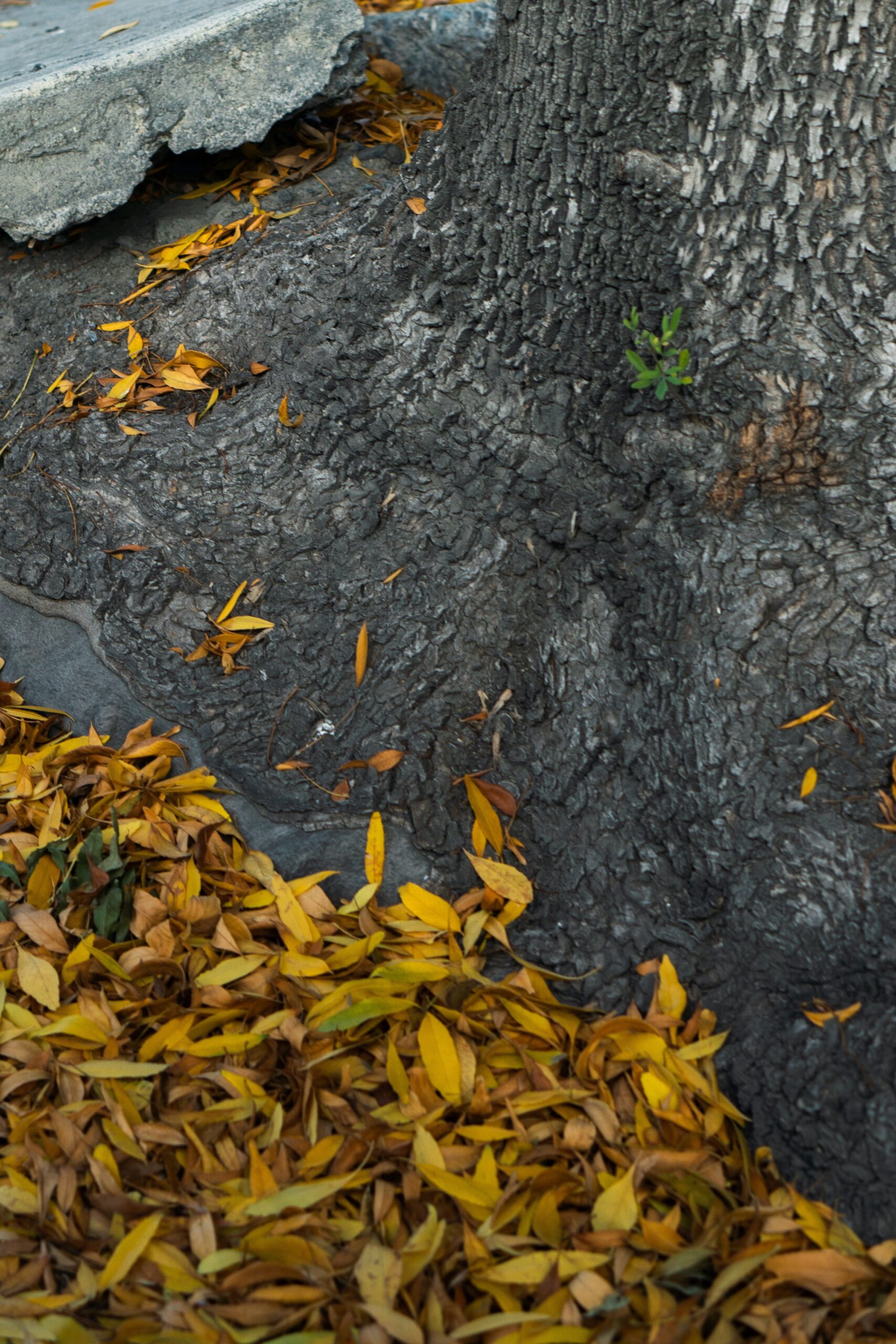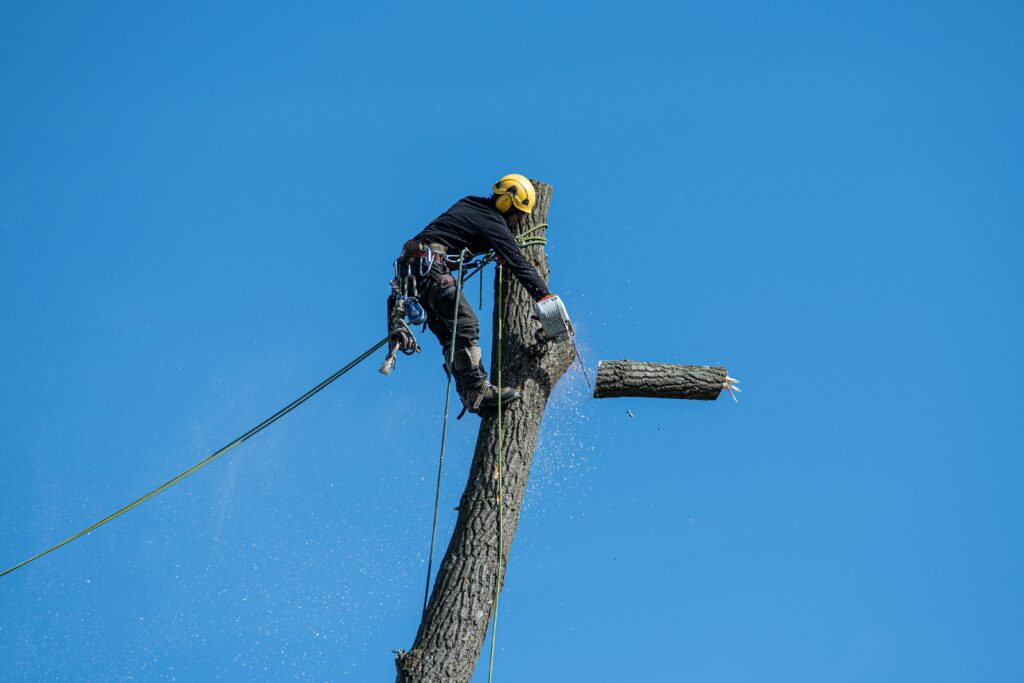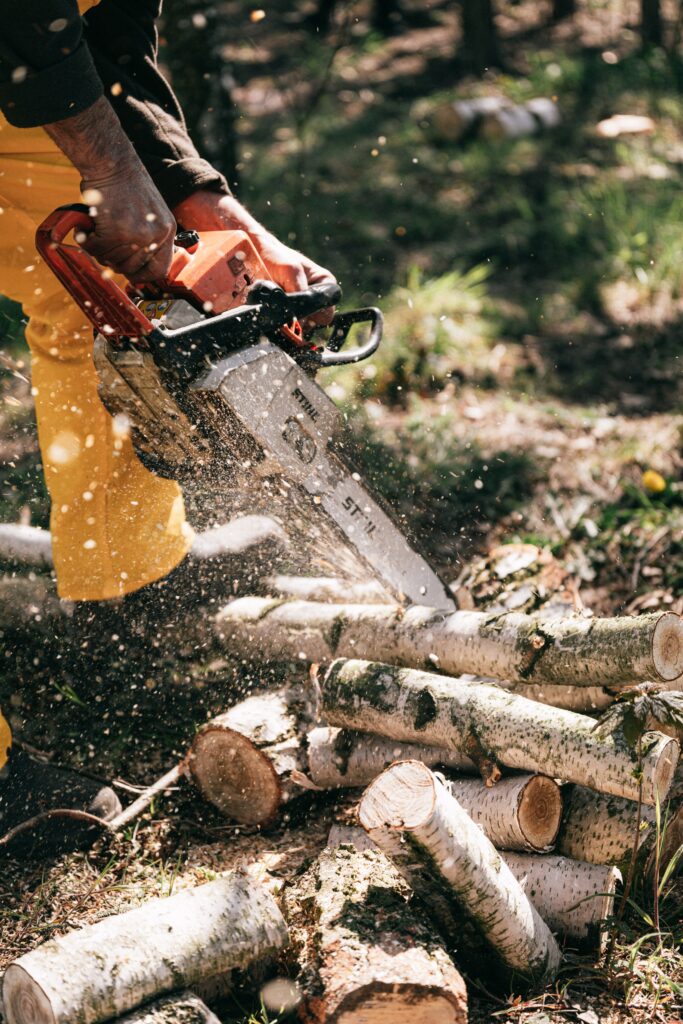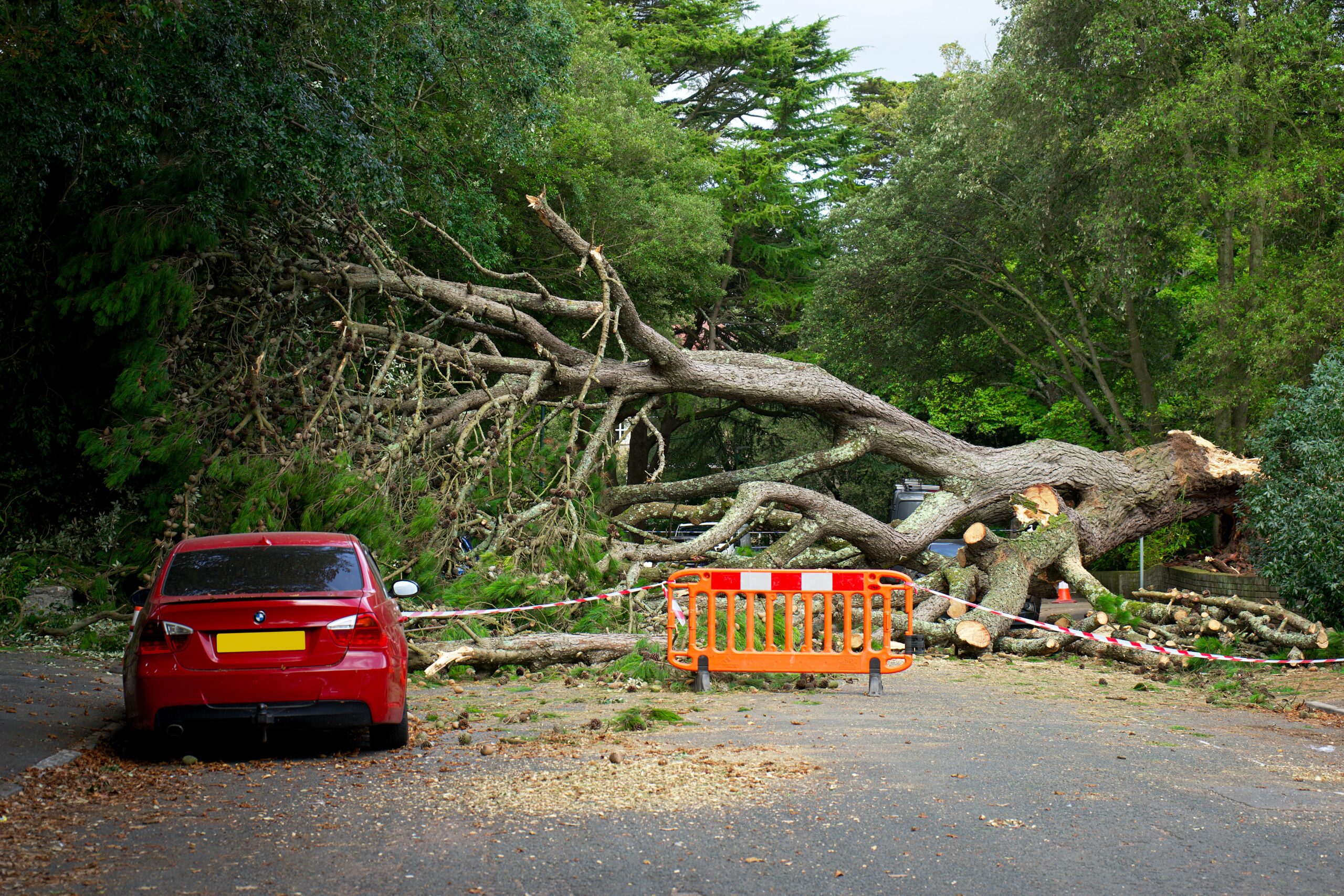
Tree Removal
Tree removal is a process that involves safely cutting down and removing a tree that is no longer viable, poses safety risks, or is obstructing property development.


Tree removal is a specialized task that requires skill, experience, and safety precautions.
Hiring a professional tree removal service ensures the process is carried out safely, minimizing risks to people and property while efficiently removing the tree.

The Process
1. Assessment and Planning:
- The process begins with a thorough assessment of the tree by our certified arborist.
- The assessment takes into account the tree’s size, species, health, location, surrounding structures, and potential hazards.
- Based on the assessment, a plan for the tree’s removal is developed, including the choice of equipment, safety measures, and date of removal.
2. Obtaining Permits (if necessary):
- Depending on local regulations and the tree’s location, permits may be required for tree removal.
3. Safety Measures:
- Safety is paramount. The work area is cordoned off to keep people and pets at a safe distance.
- All work will be performed with a certified arborist on site.
- The tree removal team wears appropriate safety gear, including helmets, eye and ear protection, and chainsaw chaps.
4. Tree Climbing:
- In cases where equipment cannot access the tree due to space limitations, an experienced tree climber may ascend the tree using specialized equipment.
- The climber secures themselves with ropes and saddle while cutting the tree in sections.
5. Tree Removal:
- In instances where there is enough room the entire tree maybe be felled from the ground.
- If there is not enough room to fall the entire tree, the tree will be brought down in sections. Either by use of an aerial lift or a tree climber.
- An aerial tree removal typically starts out with the removal of the smaller limbs. This is done systematically on a case by case basis.
- In instances where it’s necessary to avoid structures, etc. The limbs may be rigged down in sections using ropes.
- After the tree has been delimbed the trunk can then be cut down in sections or felled whole depending on the constraints of the job site.
7. Grinding the Stump:
- Once the tree has been felled, the stump is cut as close to the ground as possible, unless otherwise requested.
- If desired, the property owner may have the stump ground.
8. Cleanup and Disposal:
- Once the tree has been removed, the tree debris can either be left on site (for firewood or other uses) or chipped/hauled away. The removed tree material is often recycled or disposed of in an environmentally responsible manner.